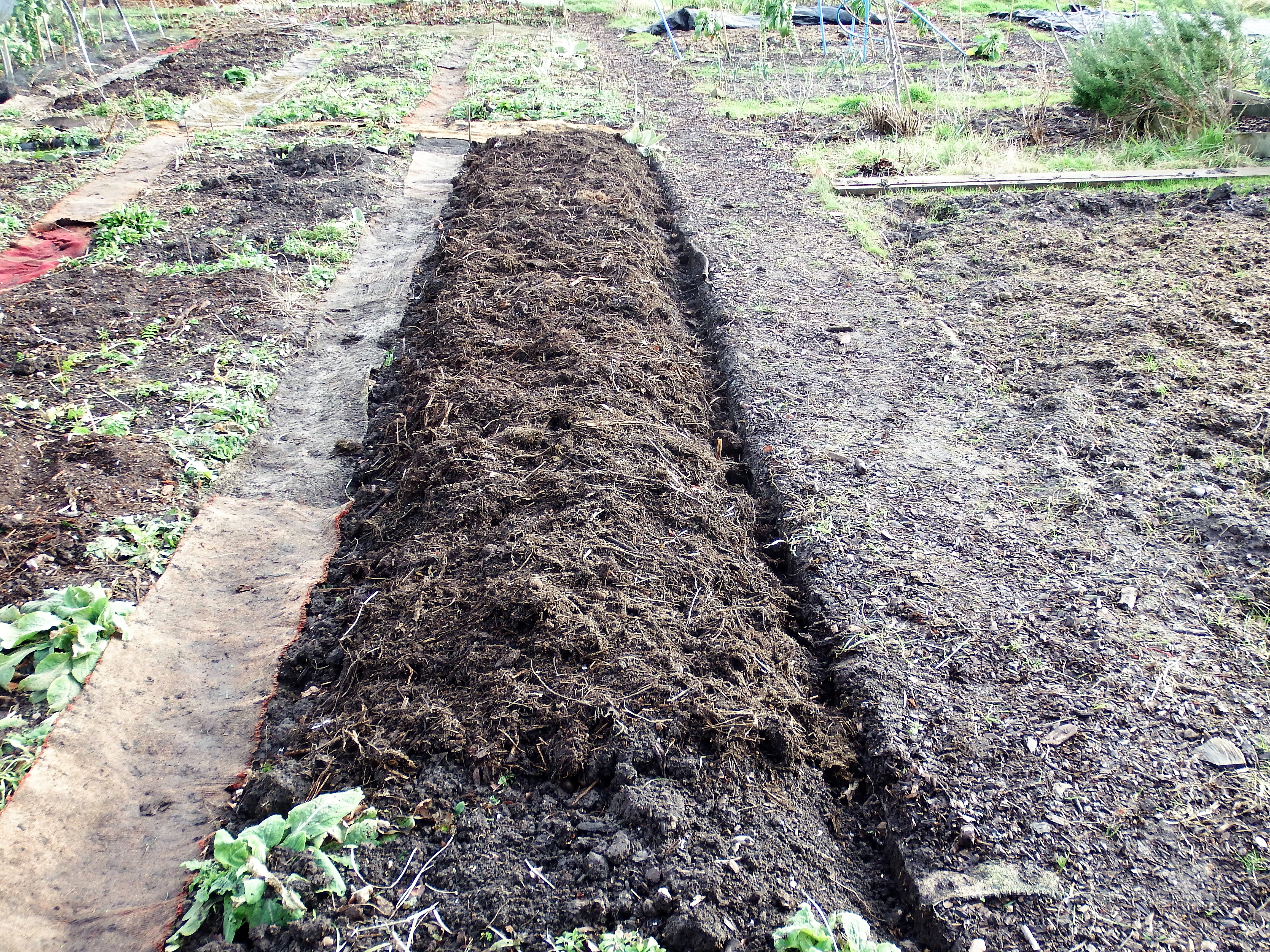Mulches are loose coverings or sheets of material placed on the surface of cultivated soil. Mulches can be applied to bare soil or to cover the surface of compost in containers.
Depending on the type of mulch used, there are many benefits of mulching including:
Help soils retain moisture in summer
Suppress weeds
Improve soil texture
Deter some pests
Protect plant roots from extreme temperatures
Encourage beneficial soil organisms
Provide a barrier for edible crops coming into contact with soil
Give a decorative finish
Mulches can be split into two main groups; biodegradable and non-biodegradable.
Biodegradable mulches
These break down gradually to release nutrients into the soil and help improve its structure. Layers will need replacing when the material has fully rotted down. Among the best materials are leaf mould, garden compost, spent mushroom compost, wood chippings, processed conifer bark, well rotted manure, straw (for strawberries) and seaweed.

Non-biodegradable
Non-biodegradable mulches do not boost the fertility or structure of the soil, but they do suppress weeds and conserve moisture.

